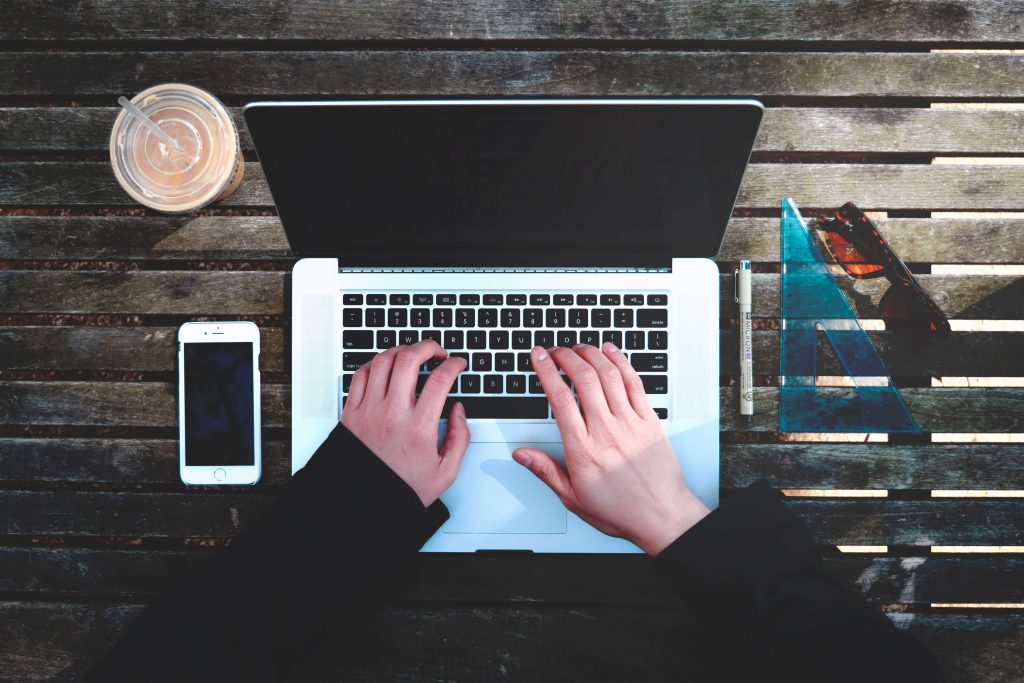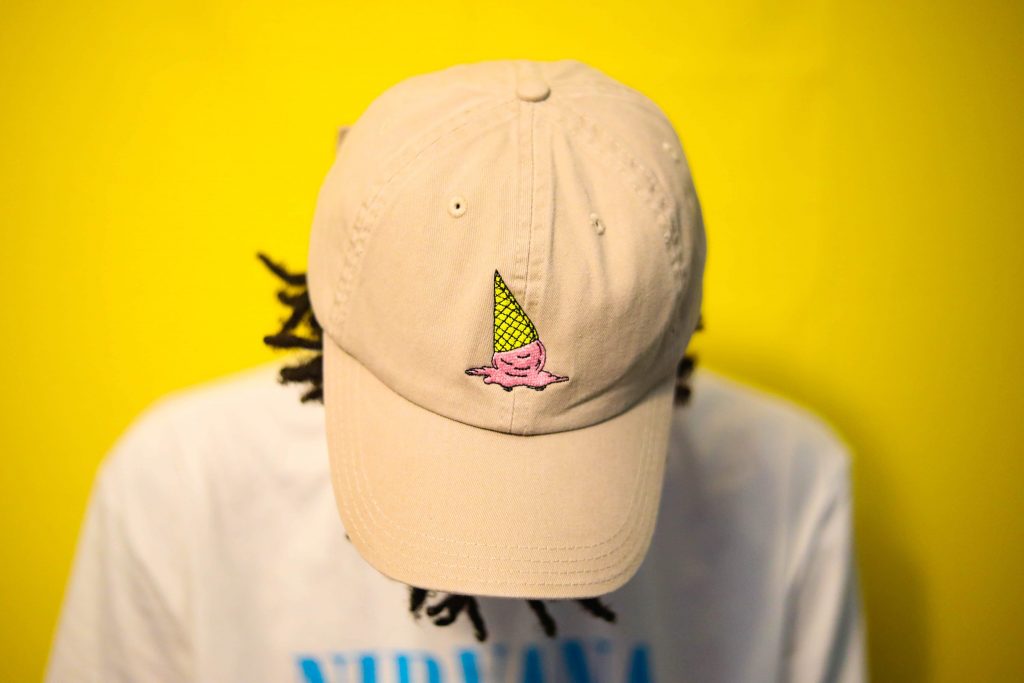If it’s time to add some new products to your store, we’ll give you some tips on how to create a variety of printed products to impress your customers.
But, as you may have guessed, before you start offering printed products in your store, you need to create a design first.
You don’t have to be a professional to create a design for printed products. If you’re starting from scratch and have no ideas for your first print, opt for minimalist designs or typography. Not only are these fairly easy to make, but they are also popular with online shoppers.
When creating designs, stick to clear shapes and forms that are easy to recognize or read. You definitely want your product to look great both up close and from a distance. To get the right design, create several different variations. The same design can look completely different when you change the color, size or texture.
A tip from the experts: if you decide to use more than one typeface in your design, make sure they have contrasting differences that complement each other, otherwise the design will look messy.
Another thing you can do is to use photos as your print designs. You can even mix and match different elements to create unique graphics
Finally, think about the products you want to print. It’s also important to consider the printing method of the product, as this will affect the final look of your design.

Whether you want to give an existing piece of art a different shape or you’re starting with a blank canvas, you need to translate your design into a printable file. Here are two ways you can do this:
The most popular software you can use to create print files are Adobe Photoshop and Adobe Illustrator. However, these are professional tools that cost a lot, and most novice designers aren’t able to pay that much. Fortunately, there are great free alternatives that offer the basic features you need to create a print file.
Go ahead and try these free open source vector graphics editors that are available for Linux, OS X, and Windows:
If you’re not comfortable creating a print file on your own, delegate the task to a professional. You can hire a freelancer with just a few mouse clicks.
Whether you create the print file yourself or someone else does it for you, try to follow the basic graphic requirements
It’s no secret that the quality of your product depends on the print file you send to the printer of your choice. To make your designs look their best, carefully follow basic graphic requirements such as:
Avoid using a colored background unless it is part of your design. Even if the product you want to print on is the same color as your design background, it may look blurry when printed.
As you work on your designs, keep in mind that what you see on a computer screen may look completely different on a given product (e.g. mug, t-shirt, poster). This is a very common occurrence, so do your homework and carefully read the print file guidelines for each product.

If you’ve decided to add print products to your store, you should know that there are a few standout goods that sell better than others. These include t-shirts, sweatshirts, hats, mugs and phone cases.
However, the popularity of the product is not the only thing you should pay attention to. New additions to the store should complement the existing offerings. It wouldn’t make sense to bring phone cases into a store that sells ceramic cookware.
When choosing products for your projects, also consider what the print will be and whether it will look good on a particular product. For example, patterns work well on mugs or items of clothing, while prints work well all over, and photographs look best as posters.
You’ve worked hard creating the design, choosing the right product, and making sure the result is as expected. It’s no wonder you want customers to love the new product. But how do you prepare your new creation for a successful launch?
A tip from the experts: to be sure of the quality of your new product, order a sample before bringing it into the store. Most printers offer samples at a discounted price.
In conclusion, keep the product and printing method in mind when creating your designs. Follow the guidelines for print files and know that what you see on the computer screen will not always translate into a physical product.